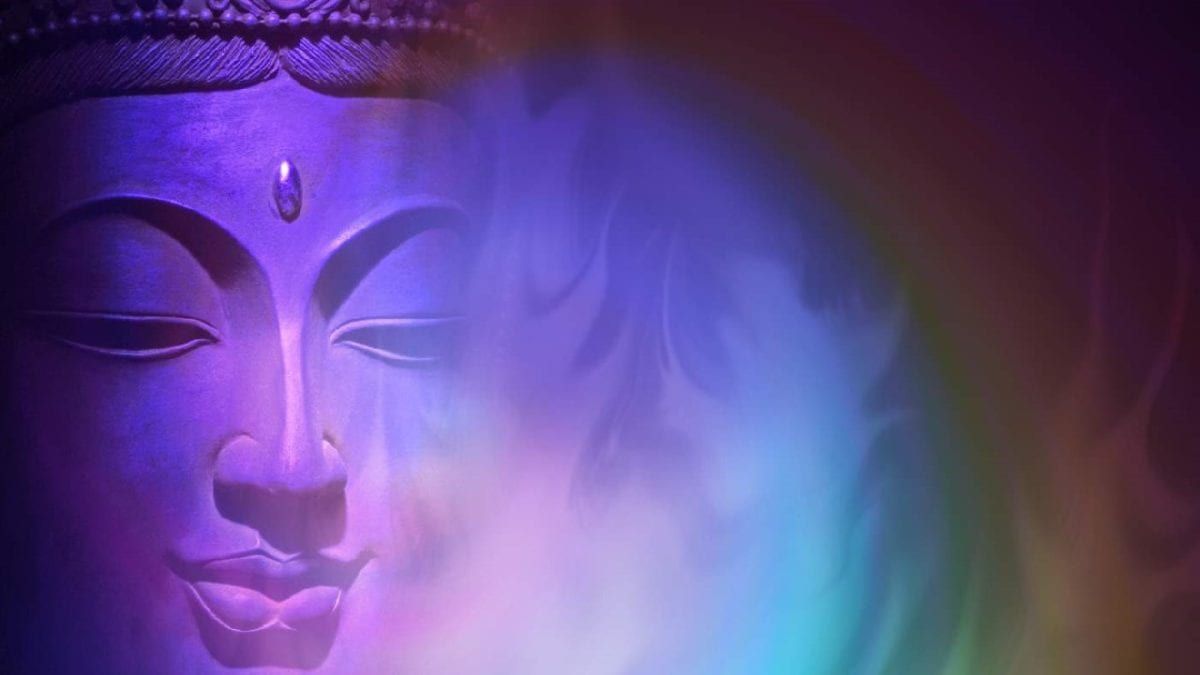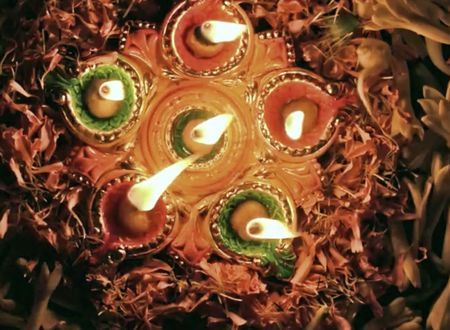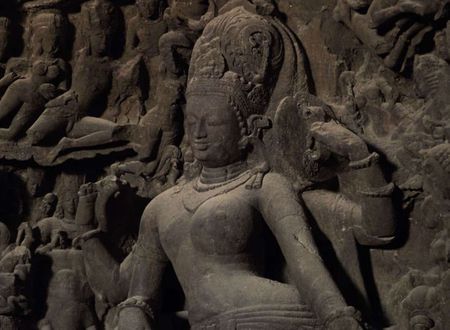Note – This post is an outcome of interaction with Sri Devi ji on a previous post Nadi Shodhana. So, thanks to her.
Personally, I am simple person and don’t have much knowledge about rituals, conventional scriptural practices, etc. Neither do I have much knowledge about Sandhya Vandana. So, I apologize beforehand for any mistakes. At some point, I happened to cross this word and at some other point, I also realized its significance and it was lying there in ,y mental warehouse. Today, it finds a way in this post by chance. The way things are interconnected and the way they work out is marvelous, isn’t it?
Sandhya Vandanam in brief –
The Sandhya Vandana is supposed to be an important daily religious practice. There are 3 Sandhyas, त्रिकाल संध्या (trikaal sandhya), namely –
- प्रातः संध्या (praatah – dusk)
- मध्याह्न संध्या (madhyaahna – noon )
- सांय संध्या (saanya – dawn)
These are the times when one is supposed to do worship. This post is not about the external rules and practices, its about the essence, the basic reason behind the concept of Sandhya Vandana. For more scriptural details, you can visit the Wikipedia page here.
Significance –
The word Sandhya also means a junction point, a point of two things meeting. I read in texts of yoga related to paranyama, and later experienced too that, in general, 4 times in a day, the Solar (right) and Lunar (left) channels of our body ( सूर्य/पिंगला and चंद्र/इडा नाडी), automatically/naturally flow in equal proportions. At that moment, the central, the सुषुम्ना (Sushumana), also known as सरस्वती (saraswati) is active for short duration, texts say for about 4 minutes. So that is the Sandhya of those two channels.
Now the flow of breath in different channels has a direct impact on our body and mind. Just for a simple example, breath flowing in the Solar channel, the right one, is considered to be good for having meals or exercising. Similarly, when the right and left are balanced and the central one is flowing, it’s considered and actually is perfect time for any spiritual practice, whether it be chanting, meditation or anything else. Those 4 times are — Morning (~6am), Noon(~12pm), Evening(~6pm) and Midnight(~12am) (these timings are approximate). The Shiv Yoga Samhita (it has been quite some time I read it) says that a beginner on path should perform the Nadi-Shodhana regularly for at least 6 months at those times.
The first 3 are timings of the 3 Sandhyas. Now I think it must be very clear why 3 sandhyas are significant. You don’t need to know any complex rituals to perform the Sandhya Vandana, truth is simple. Now, it’s even more easier with the Sadhana app.
Till now it was all about the Vedic trikal sandhya but the 4th time, i.e. of midnight has it’s significance too.
The 4th one is the timing which is used in Tantric Sadhanas. Further, a particular period of time around 12 am is called निशिता काल (Nishita kaal). On Mahashivratri, it is said to be very auspicious time period for worshiping Shiva. Because according to the scriptures it was the time when he first appeared in the form of Jyotirlinga to resolve conflict between Brahma and Vishnu.
So, these were some of the things I knew about Sandhya Vandana. Thanks for reading.









Comments & Discussion
5 COMMENTS
Please login to read members' comments and participate in the discussion.